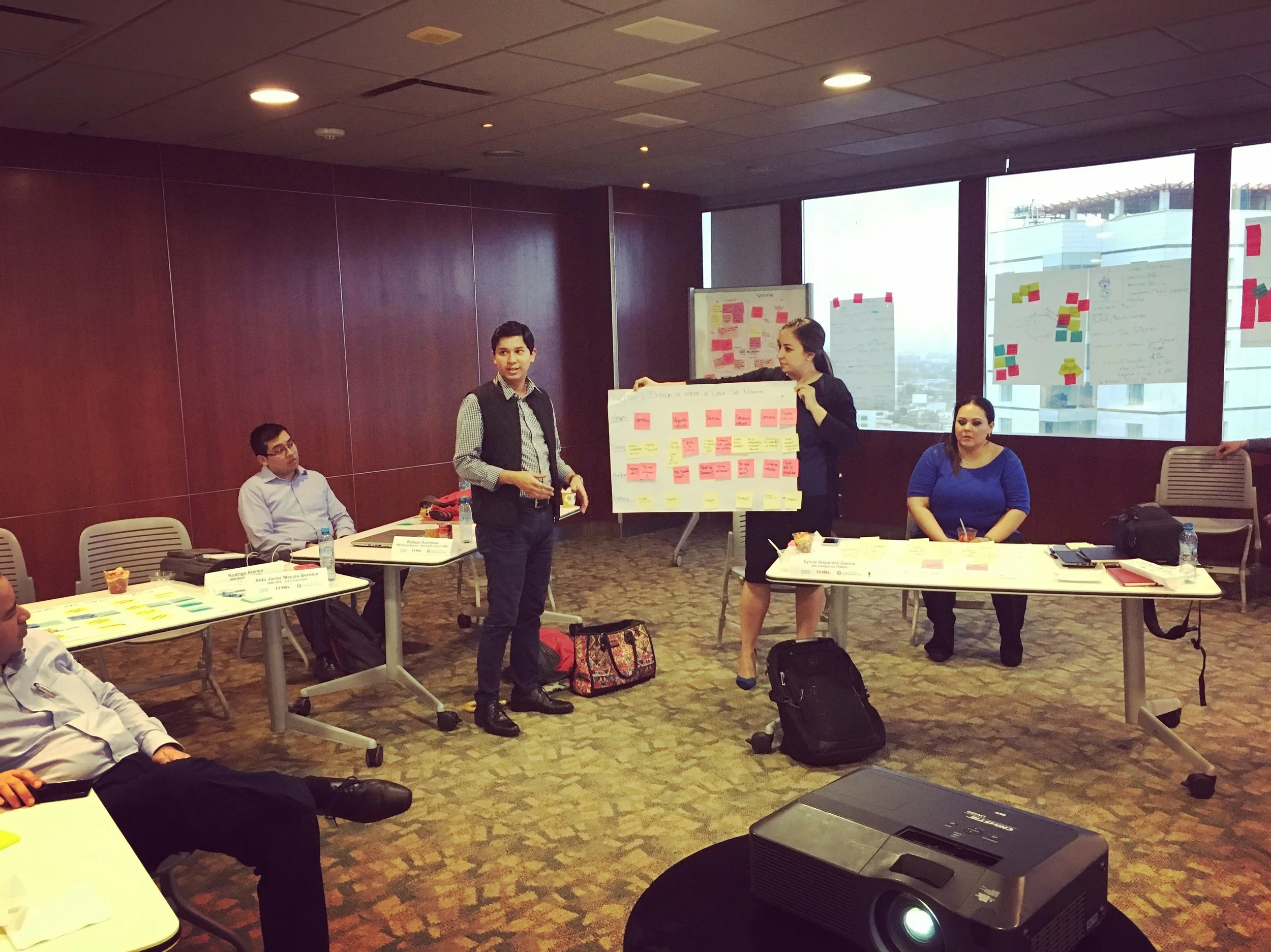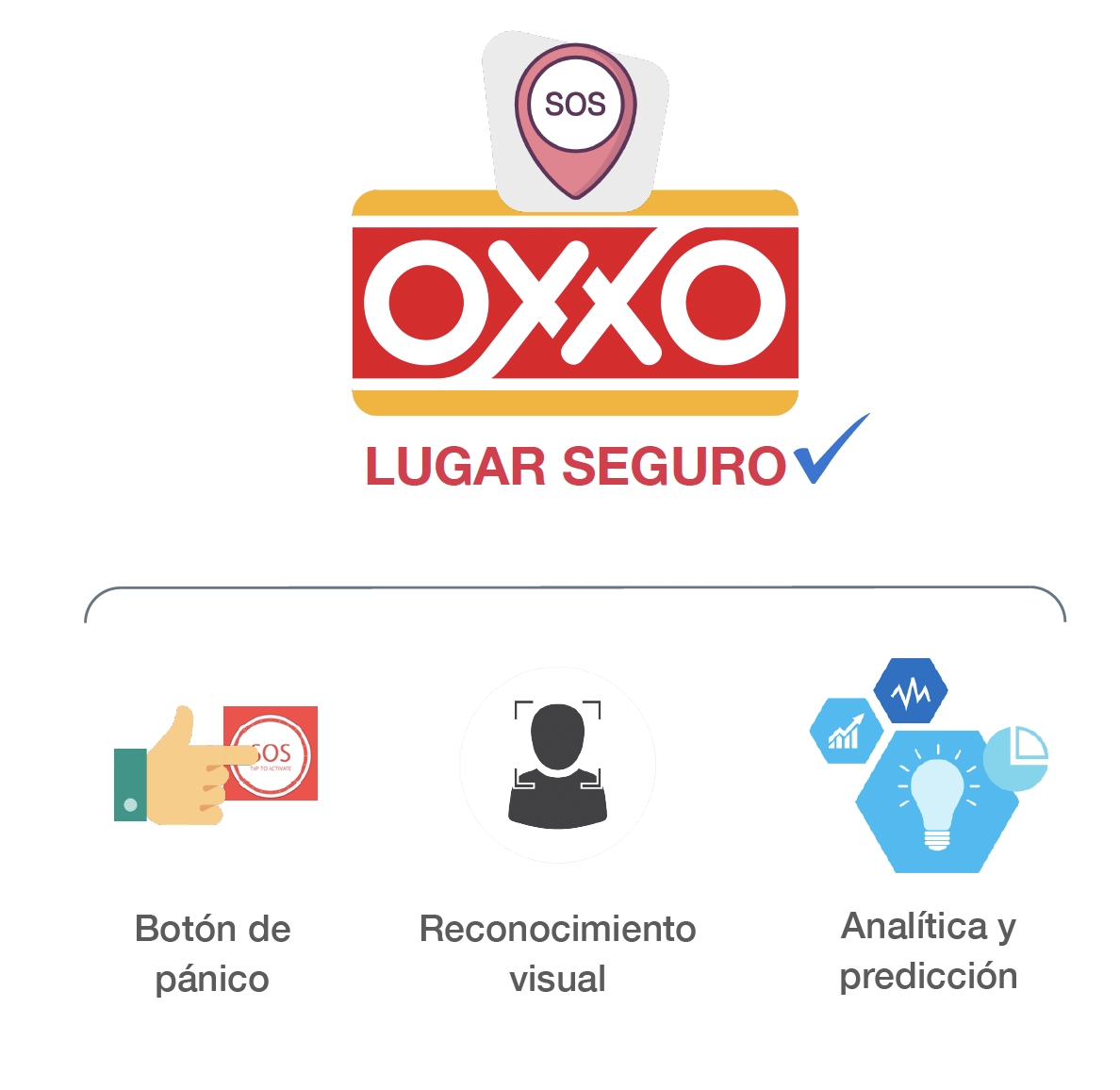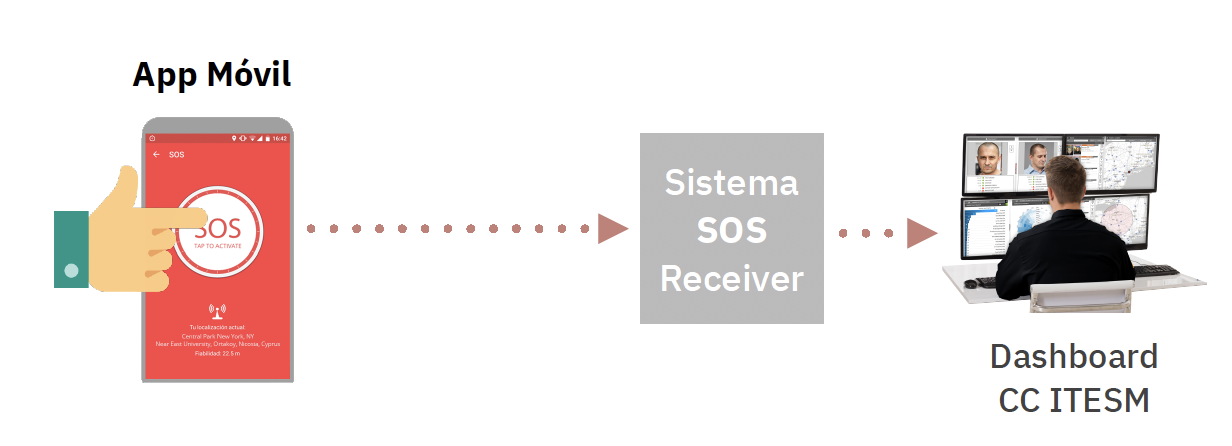FEMSA–ITESM SmartSecurity: Pioneering Smart City Safety in Latin America
The FEMSA–ITESM SmartSecurity initiative, part of Monterrey’s ambitious DistritoTec urban regeneration project, set out to create a safer, more connected community through technology. ITESM—Tecnológico de Monterrey, one of the most prestigious universities in Mexico and Latin America—hosts tens of thousands of students from across the region and plays a critical role in driving innovation and talent development.
FEMSA is the largest Coca-Cola bottler in the world by sales volume and a key player in Latin America’s retail and logistics landscape, operating OXXO, the region’s largest convenience store chain.
This joint effort between FEMSA, ITESM, and IBM aimed to design and implement an integrated security ecosystem that leveraged IoT, cognitive computing, geospatial analytics, and real-time monitoring to address safety concerns for thousands of students, residents, and OXXO employees. The solution would serve as a blueprint for scalable, tech-driven security in other urban areas across Mexico.
The Challenge.
Safety in and around university districts is a complex, high-stakes challenge—especially for a community as large and influential as ITESM’s Monterrey campus. The area is home not only to tens of thousands of students but also to residents, faculty, and employees of OXXO and other FEMSA businesses. While the DistritoTec urban regeneration project was revitalizing the area’s infrastructure, persistent security concerns threatened to undermine its potential.
DistritoTec is an urban regeneration and innovation district in Monterrey, Mexico, led by Tecnológico de Monterrey (ITESM). Spanning over 4 km² and impacting more than 25,000 people, it unites academia, government, businesses, and the community to enhance safety, sustainability, public spaces, and economic growth through smart city initiatives.
The effort required more than technology—it demanded a coordinated, multi-sector strategy. This meant bringing together ITESM’s academic and research community, city government security specialists, FEMSA’s corporate security leadership, and IBM’s technology experts to address diverse needs: from real-time threat detection and emergency response to preventative measures based on behavioral and geospatial data.
The challenge was to design a system that could unify multiple data sources, integrate with both public and private security infrastructure, and deliver actionable insights—while maintaining trust, privacy, and scalability for potential deployment in other urban environments.
Collaborative Discovery Across Academia, Industry, and Government
The approach began with an intensive discovery phase, uniting perspectives from ITESM researchers and academics, FEMSA’s corporate security directors, City of Monterrey government security specialists, and IBM’s innovation and technology experts. Through a series of co-creation workshops, field studies, and data-gathering sessions, we mapped the security ecosystem across the DistritoTec area.
This process identified critical pain points: fragmented communication between public and private security entities, the lack of centralized, real-time monitoring, and the need for predictive capabilities to anticipate risks before they escalated. By leveraging Design Thinking methodologies, the team was able to synthesize these diverse inputs into clear strategic priorities.
Architecting a Scalable, Interoperable Security Ecosystem
The proposed system was envisioned as a multi-layered, scalable security architecture capable of integrating data from IoT devices, public infrastructure, and corporate systems. At its core, the design emphasized interoperability—ensuring that ITESM, FEMSA, and city authorities could share relevant security data in real time without compromising privacy or operational autonomy.
A key component was the geospatial analytics layer, enabling visual mapping of incidents, pattern recognition, and predictive modeling. User experience design was applied not only to interfaces for operators but also to ensure community-friendly communication channels for residents, students, and employees.
A Visionary Blueprint for Smart, Connected Urban Safety
The solution concept combined IoT-enabled sensing, real-time analytics, and cognitive computing to create a unified command and control platform. This would allow security teams from ITESM, FEMSA, and city authorities to:
Monitor live incidents across the DistritoTec perimeter.
Deploy resources dynamically based on AI-driven threat prioritization.
Identify patterns in incidents using historical and geospatial data.
Engage with the community through mobile alerts and reporting tools.
Though not implemented at the time, the proposal served as the strategic and technical blueprint for ongoing Smart City security innovation at ITESM, influencing the roadmap of its Smart Cities Lab and shaping collaborations with public and private sectors.
Expected Impact & Long-Term Vision
The proposed solution was designed to not only address immediate safety concerns within the DistritoTec community, but also to establish a replicable model for urban security across Mexico and Latin America. By integrating advanced technologies with cross-sector collaboration, the initiative aimed to enhance real-time response, strengthen community trust, and position Monterrey as a benchmark for smart city innovation. Its influence continues through the Tecnológico de Monterrey’s Smart Cities Lab, inspiring ongoing research, partnerships, and scalable implementations.
As the lead facilitator and solution strategist, I guided the multi-stakeholder collaboration from initial discovery to the creation of the final proposal. My role included:
Designing and facilitating Design Thinking workshops with C-level stakeholders from FEMSA, senior security officials from the City of Monterrey, and ITESM’s academic leaders.
Aligning diverse priorities into a coherent, actionable vision for a tech-driven security ecosystem.
Leading the architectural design sessions to define interoperability standards, geospatial analytics use cases, and IoT integration points.
Producing the executive-level presentation and solution blueprint that inspired ITESM’s continued investments in its Smart Cities Lab initiatives.
While the project was never implemented as originally envisioned, the proposal became a catalyst for long-term innovation, influencing how one of Latin America’s leading universities approaches urban safety and community resilience through technology.





